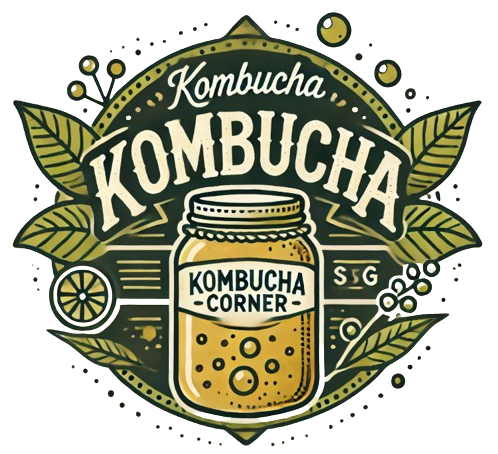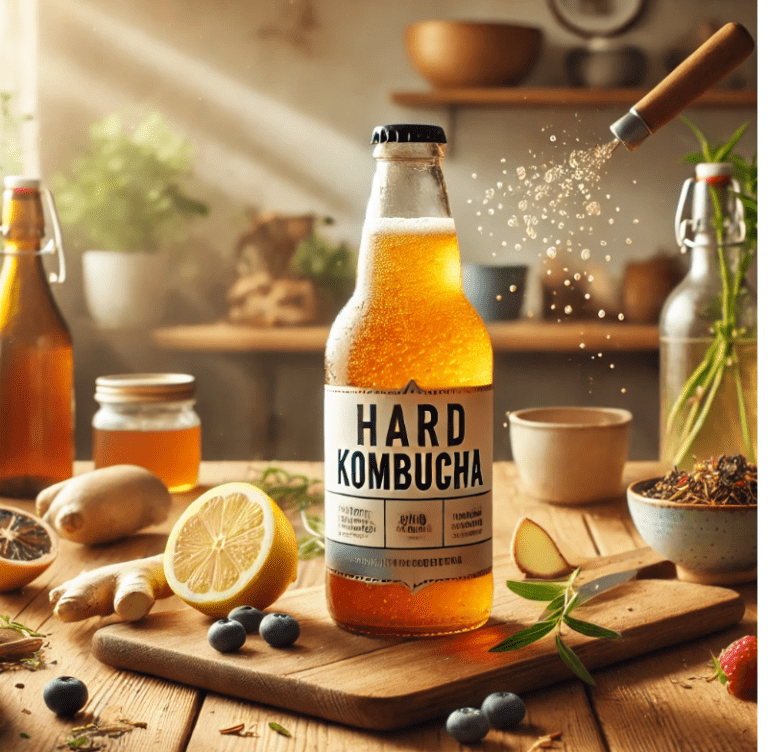From Fermentation to Innovation: How Kombucha SCOBY is Revolutionizing Medical Training
Kombucha, the popular fermented tea known for its health benefits, is taking on an entirely new role at Wellington Regional Hospital in…
Kombucha, the popular fermented tea known for its health benefits, is taking on an entirely new role at Wellington Regional Hospital in New Zealand. What was once just a by-product of fermentation—the gelatinous SCOBY (Symbiotic Culture of Bacteria and Yeast)—is now at the forefront of medical innovation. This unlikely hero is being used as a realistic stand-in for human tissue in medical training, providing a sustainable, cost-effective, and highly realistic alternative to traditional synthetic models. Backed by scientific research and driven by the hospital’s commitment to sustainability, this innovation is poised to change the future of medical training.
The Birth of an Innovation: SCOBY in Medical Training
In the fast-paced and high-stakes world of medical training, realism is crucial. Traditional training models made from silicon, rubber, or foam often fall short in mimicking the texture and behavior of human tissue. Enter the SCOBY—a thick, cellulose-based layer that forms during the fermentation of kombucha. Originally seen as a waste product, SCOBY has found a new purpose at Wellington Regional Hospital, where it is being used to simulate human flesh in various medical procedures.
The initiative began when the hospital’s simulation service team, led by Melita Macdonald, the manager of Wellington Regional Hospital’s simulation service, discovered the potential of SCOBY for medical simulations. Inspired by colleagues in Canterbury who were using SCOBY for suturing practice, the Wellington team decided to experiment with using SCOBY in more complex and critical procedures.

Transforming Medical Training: How SCOBY is Used
Realism in High-Stakes Procedures
One of the most remarkable uses of SCOBY at Wellington Regional Hospital is in Can’t Intubate, Can’t Oxygenate (CICO) training—a life-saving procedure that involves making an emergency incision in the trachea to secure an airway. The texture and pliability of dried SCOBY closely resemble human tissue, providing a level of realism that traditional synthetic models cannot match. Under ultrasound, SCOBY also mimics human tissue more accurately than commercial models, further enhancing the training experience.
Expanding Applications
In addition to CICO training, SCOBY is used for practicing other medical procedures such as suturing, intravenous cannulation, and spinal taps. The ability to replicate the look and feel of human tissue makes SCOBY an ideal training material for a wide range of medical scenarios. Feedback from medical professionals at the hospital has been overwhelmingly positive, with many noting that the SCOBY models provide a more authentic experience compared to traditional models.(RNZ)
Sustainability and Cost-Effectiveness: SCOBY’s Edge
Environmental Impact
One of the most compelling reasons for adopting SCOBY in medical training is its sustainability. Traditional synthetic models, which can cost around $900 each, are often single-use and end up in landfills. In contrast, SCOBY can be regrown, reused, and composted, offering a zero-waste alternative that aligns with the hospital’s commitment to reducing its environmental footprint. As noted by Dr. Raj Palepu, one of the anaesthetists leading the project, the hospital has been able to reuse SCOBY repeatedly without needing to dispose of it, making it both an environmentally and economically sound choice.(CCDHB)

Cost Savings
Beyond its environmental benefits, SCOBY also represents significant cost savings for the hospital. The ability to grow SCOBY on-site and reuse it multiple times eliminates the need for expensive synthetic models, freeing up resources that can be allocated to other areas of patient care and training.
Scientific Validation: Peer-Reviewed Research on SCOBY
The innovative use of SCOBY at Wellington Regional Hospital isn’t just an interesting anecdote—it’s backed by scientific research. A study published in the Anaesthesia and Intensive Care journal validated the effectiveness of SCOBY as a training tool for airway management simulations. The research highlighted how SCOBY closely mimics the properties of human tissue, particularly in high-risk procedures like cricothyroidotomy. The study provides a solid scientific foundation for the continued use and development of SCOBY-based training models.

Looking Forward: The Future of SCOBY in Medical Training
Ongoing Research and Development
The team at Wellington Regional Hospital isn’t stopping here. They are actively exploring different methods of cultivating SCOBY to achieve varying textures and moisture levels, which could be used in a broader range of medical training scenarios. The hospital is also considering formalized partnerships with universities and other organizations to further research SCOBY’s potential. This ongoing development could pave the way for even more innovative uses of kombucha’s by-product in the medical field. (1)
Global Implications
As the success of SCOBY in medical training becomes more widely known, there is potential for this practice to spread globally. Other hospitals and medical institutions might adopt similar methods, leading to a broader shift toward sustainable, cost-effective, and realistic medical training tools. Wellington Regional Hospital’s pioneering work with SCOBY could inspire a new wave of innovation in medical education around the world.
Conclusion: From Tea to Training—The Power of SCOBY
What started as a simple by-product of kombucha fermentation has evolved into a powerful tool for medical training, transforming how healthcare professionals prepare for life-saving procedures. SCOBY’s unique properties, combined with its environmental and economic benefits, make it an ideal material for medical simulations. As this innovation continues to develop, it has the potential to revolutionize medical training, proving that sometimes, the most effective solutions come from the most unexpected sources.
For more information, readers can refer to the full details published in the Anaesthesia and Intensive Care journal here. You can also visit the Australian and New Zealand College of Anesthesia post on Facebook here.






